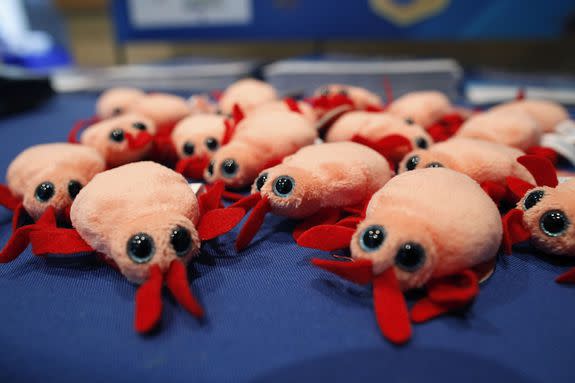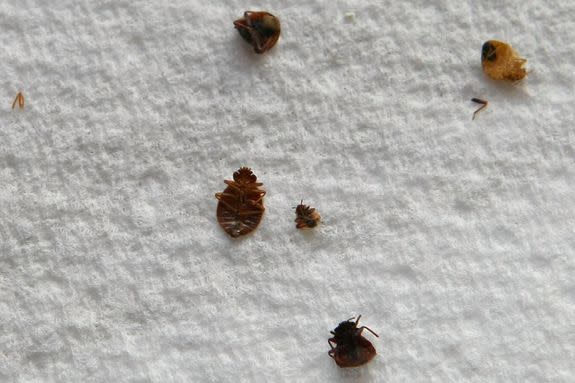Bed bugs were blood-sucking pests even 11,000 years ago

Long before the common bed bug terrorized apartments and ruined perfectly good sheets, their relatives were wreaking havoc in caves.
A site in southern Oregon, which contains some of North America's oldest preserved evidence of human activity, was also once home to the bed bug's not-too-distant cousins, archeologists found.
Remains in caves near Paisley, Oregon, are likely the oldest specimens ever found from the genus Cimex. The insects range between 5,100 and 11,000 years old, according to an upcoming study in the Entomological Society of America's Journal of Medical Entomology.
SEE ALSO: These slo-mo videos of mosquitos in flight will soothe the fear out of you
These blood-sucking bugs weren't the same species as the "bed bug we all know and love from hotel rooms," said Martin Adams, a co-author on the study who runs Paleoinsect Research, a consulting company in Portland.

Image: Brian Kersey/Getty Images
Instead, the species found in the Paisley Five Mile Point Caves — including Cimex pilosellus, Cimex latipennis, and Cimex antennatus — are all parasites of bats, Adams said in a news release.
Prior to this study, the oldest known remains of Cimex insects were 3,500 years old. Archeologists uncovered the fossilized insects from Egypt's ancient Tel-el-Amarna site in 1999.
Given that the Oregon insects are thousands of years older than the Egypt fossils, Adams and his co-author Dennis Jenkins said their findings raise new questions about how "cimids" have, or haven't, interacted with humans in the past.
Human-biting bed bugs, including Cimex lectularius and Cimex hemipterus, weren't found in the Oregon dig. Scientists widely believe these bugs adapted to that role thousands of years ago, back when humans and bats coexisted in caves in Europe, Asia, and Africa.

Image: Justin Sullivan/Getty Images
The three Cimex cousins found in Oregon are only known to bite bats. Adams said it's not clear why they never made the leap from bats to humans, though he's searching for the archeological answers.
The discovery may also provide new clues as to what the climate was like in the area way back when, he said. The Cimex antennatus, for instance, tends to favor the warmer climates of California and Nevada, not the cooler, wetter climate of the Pacific Northwest.
"The presence of warm-tolerant cimicids in the caves ... may suggest that climatic conditions at Paisley Caves 5,100 years ago were similar to what Cimex antennatus enjoys today in its current range," Adams said in the news release.
